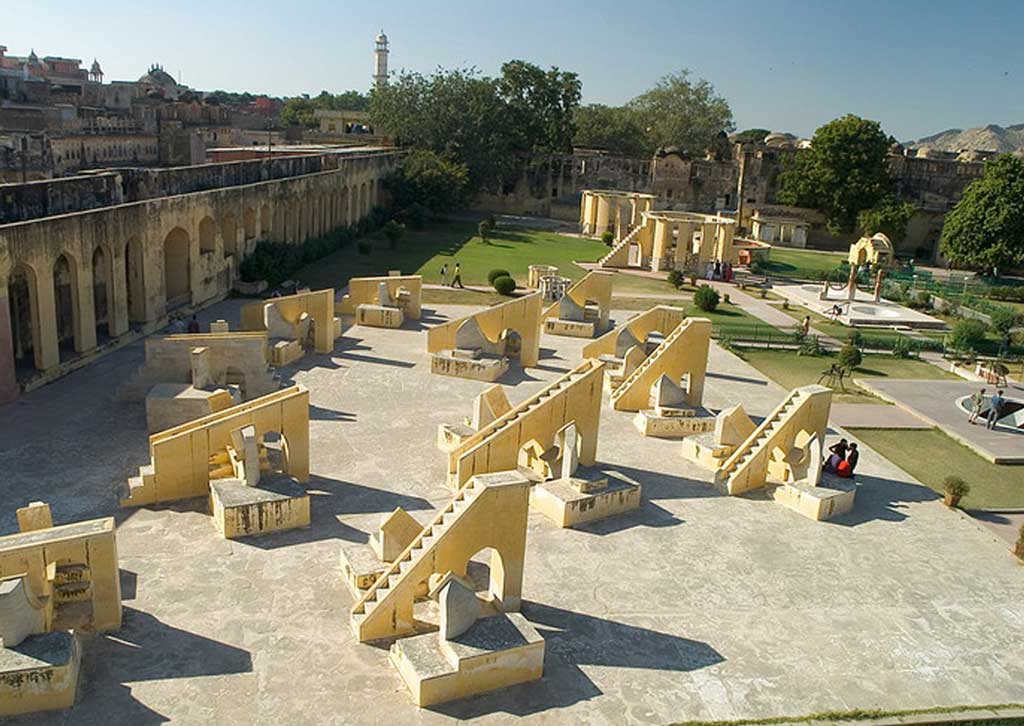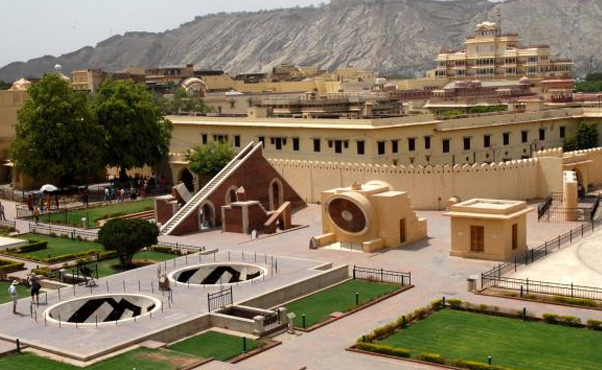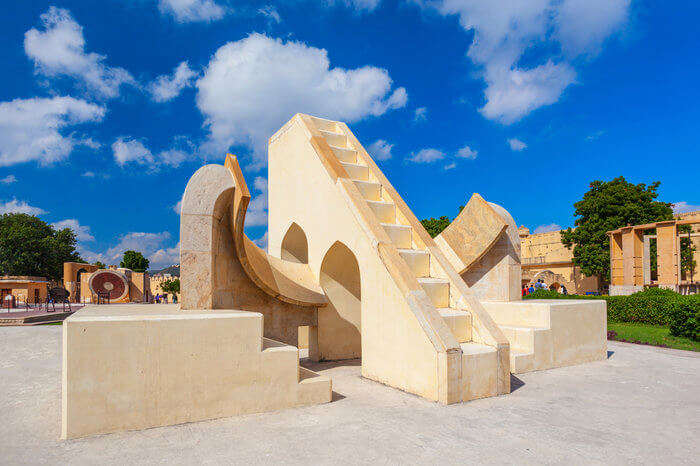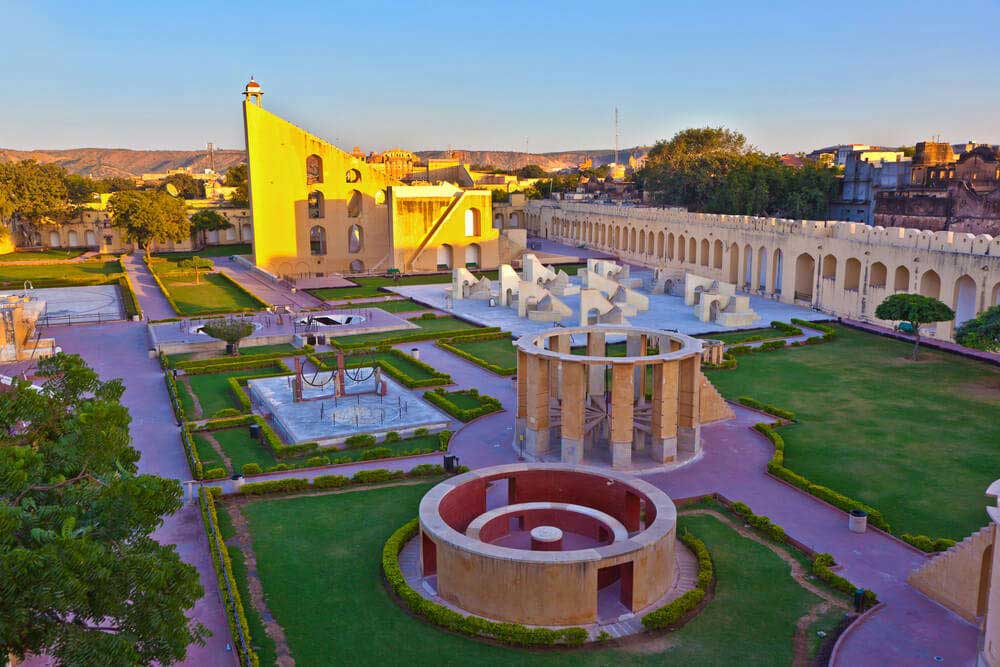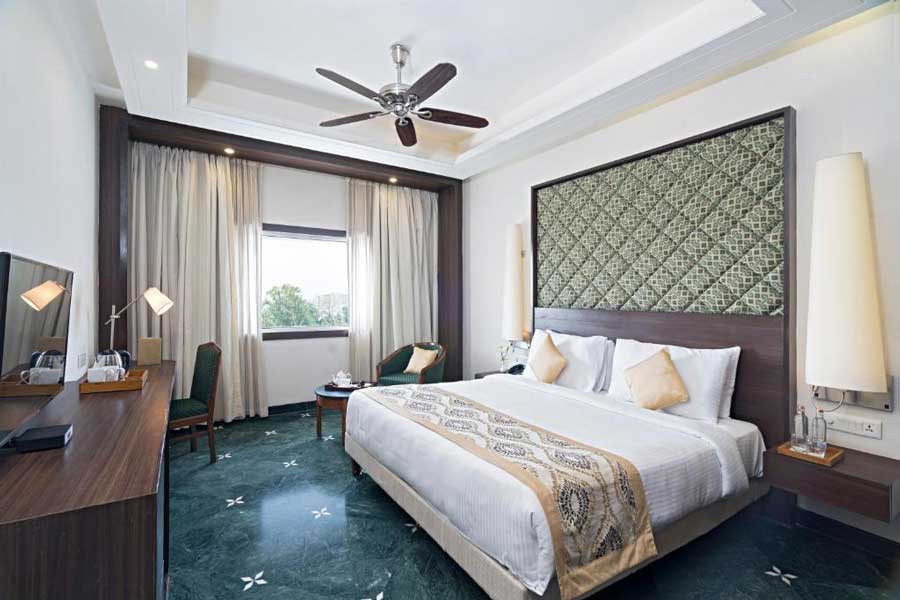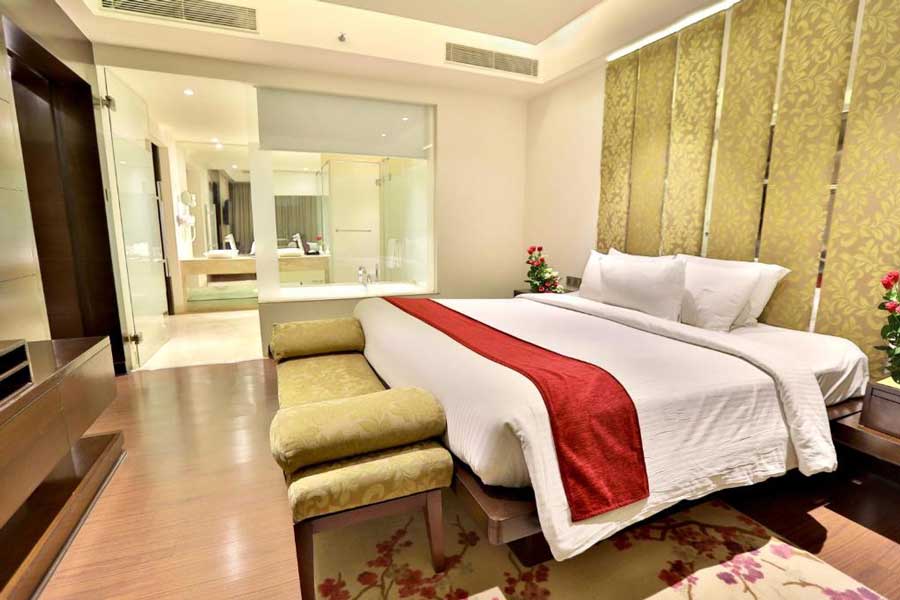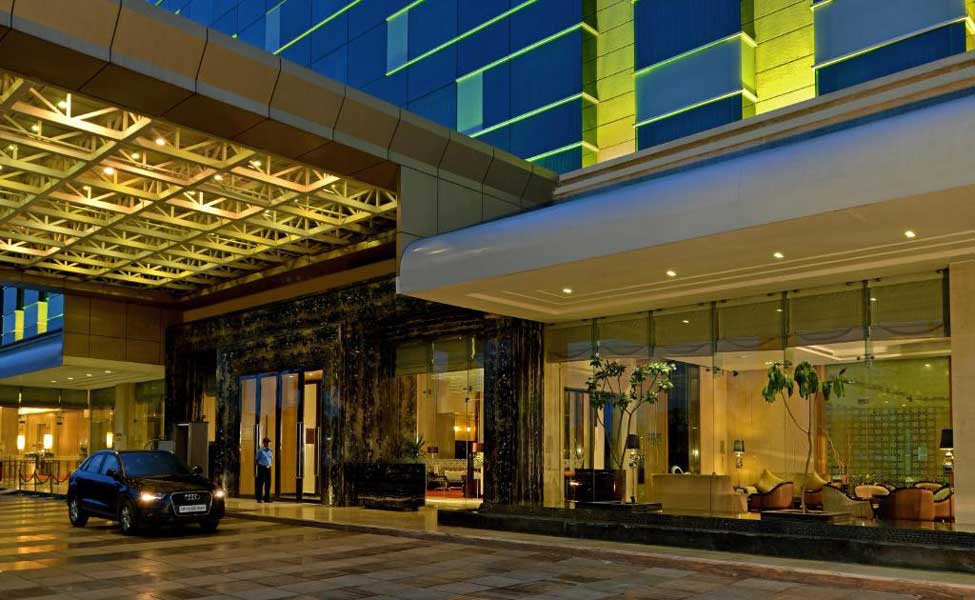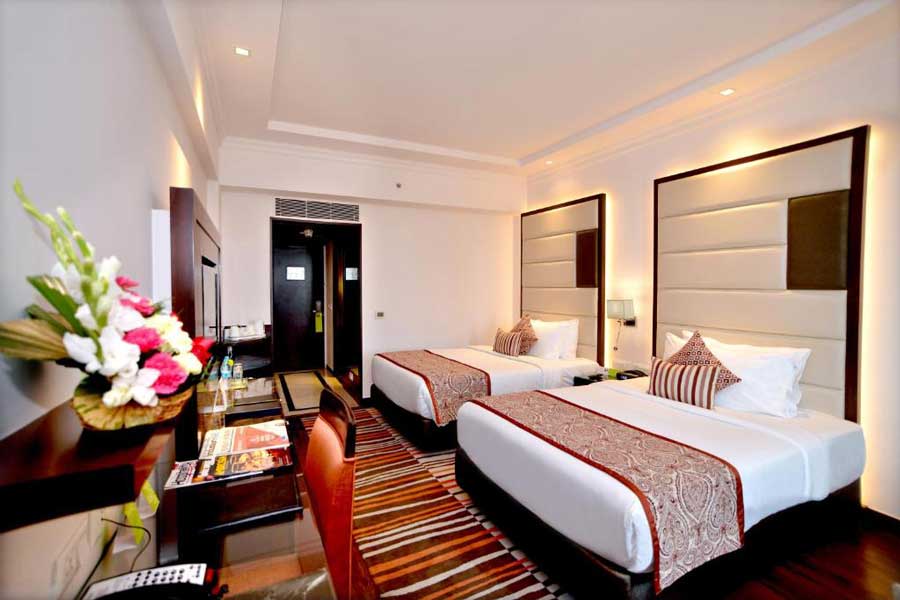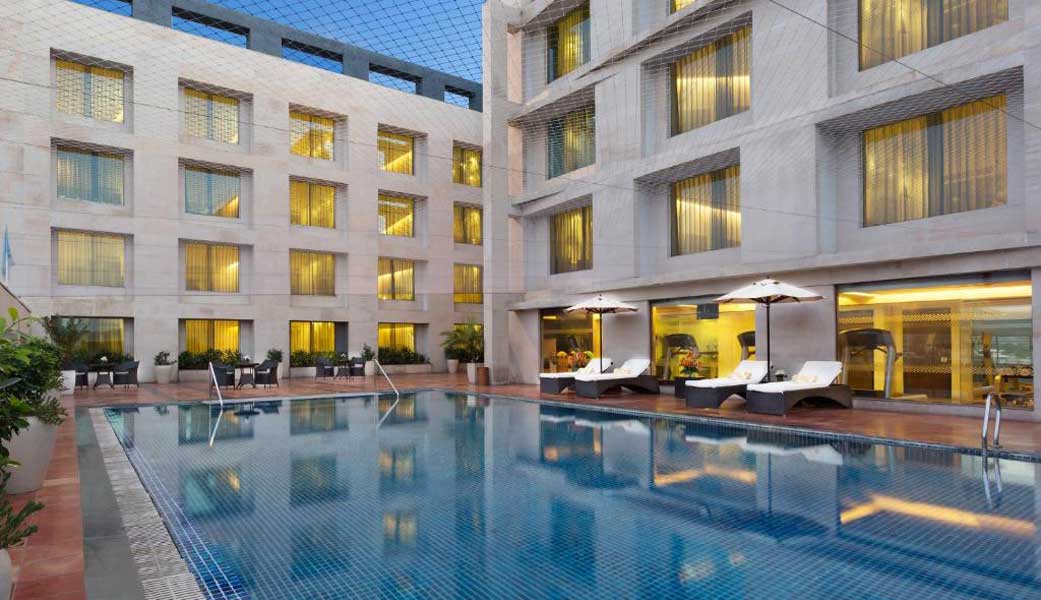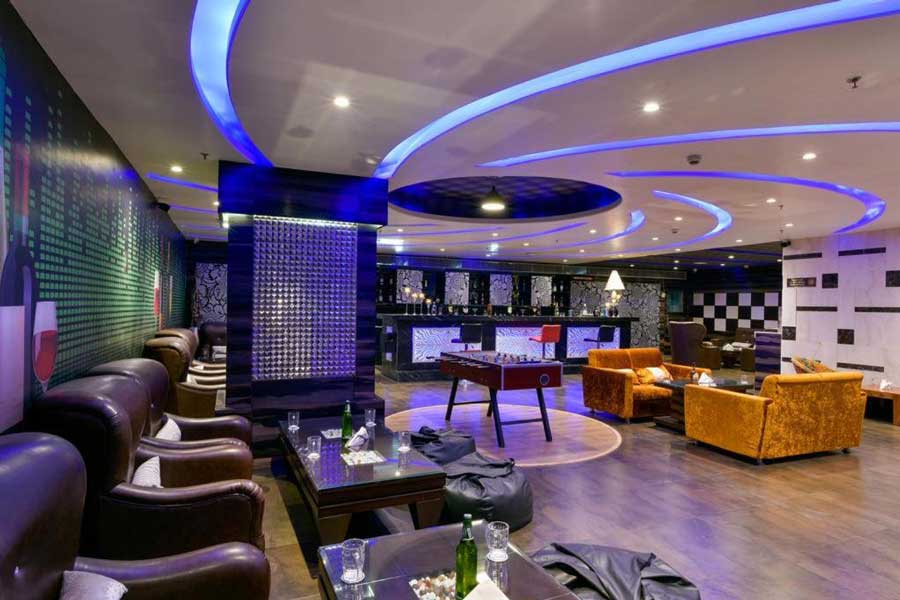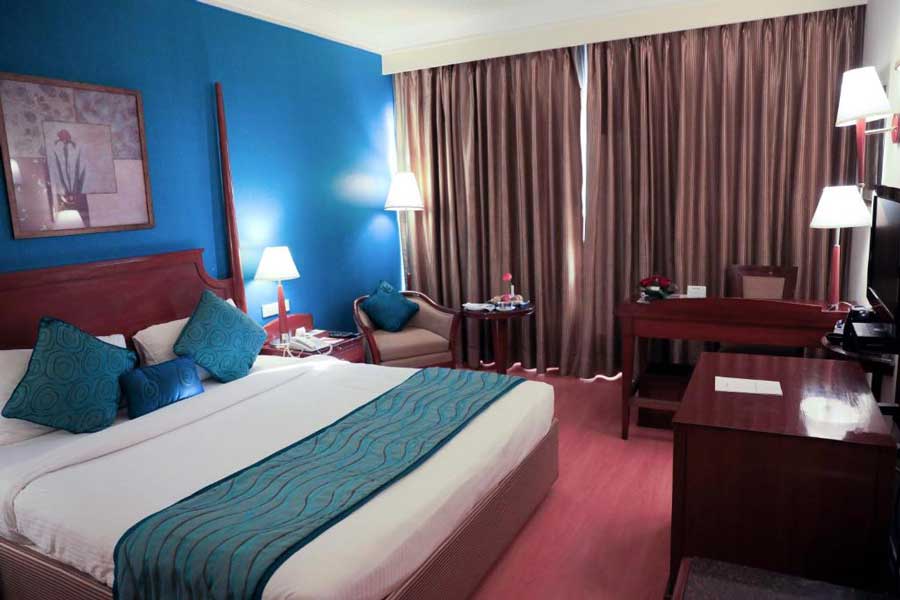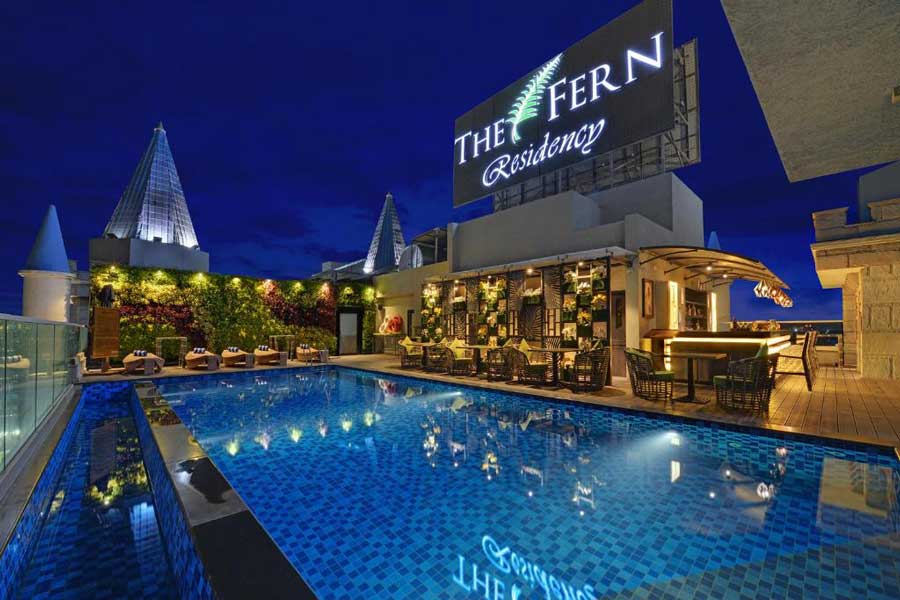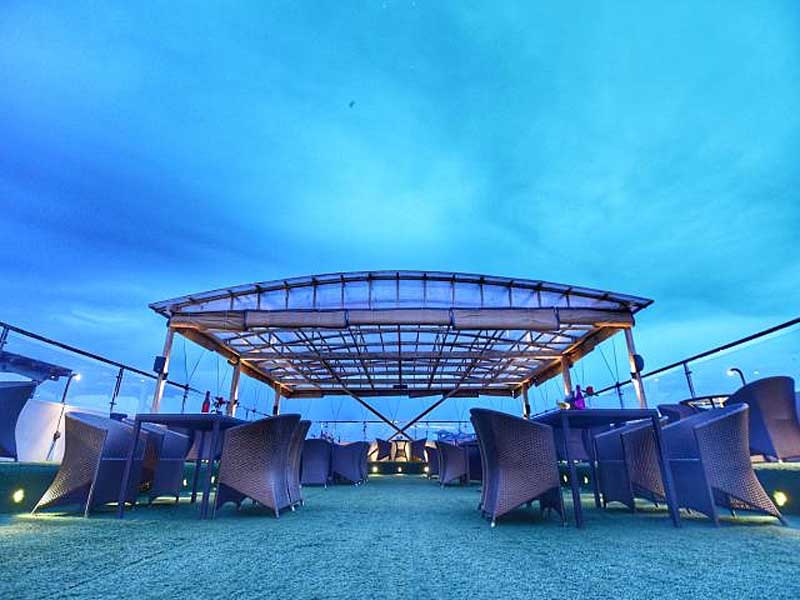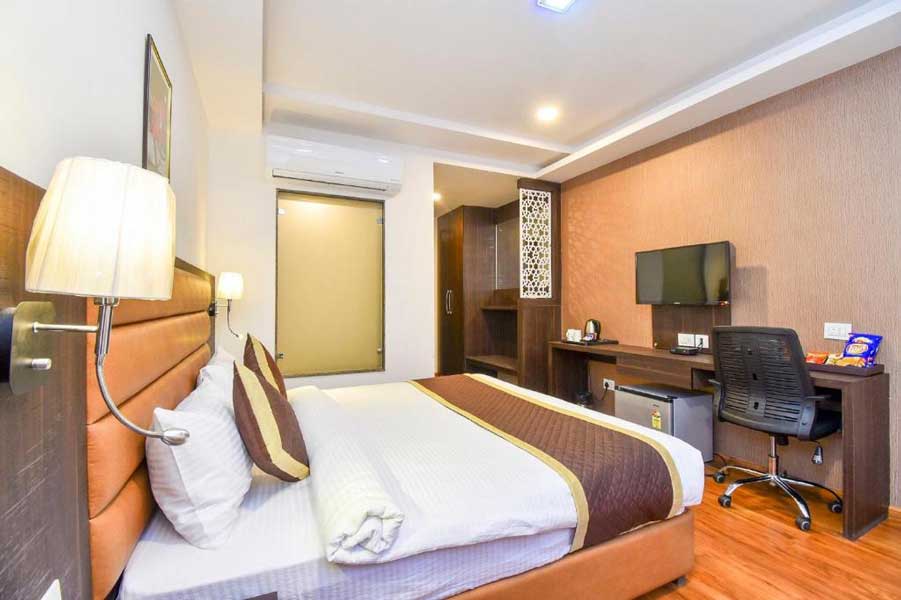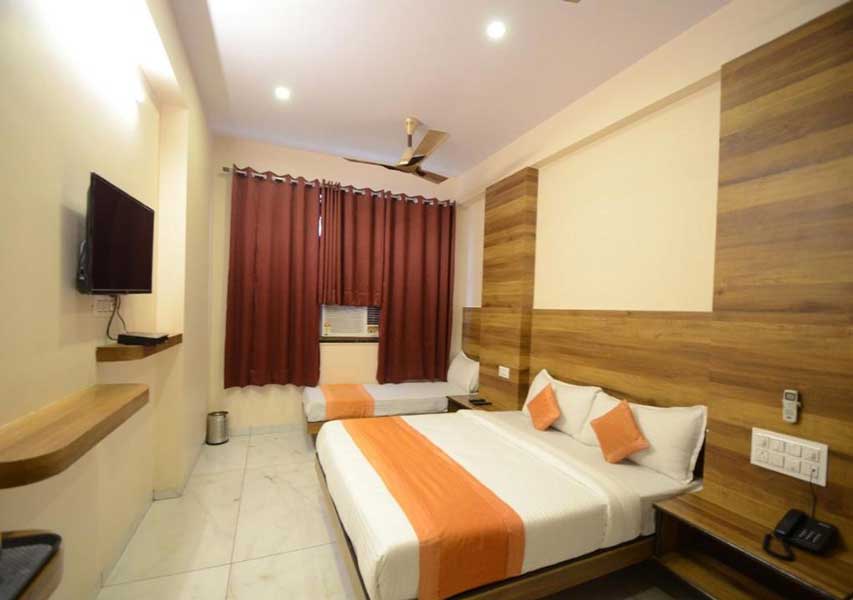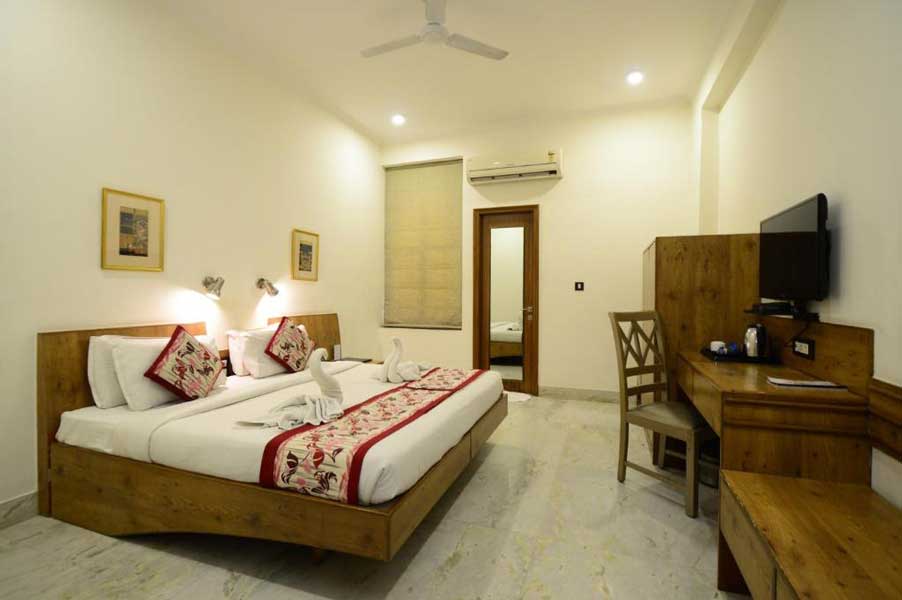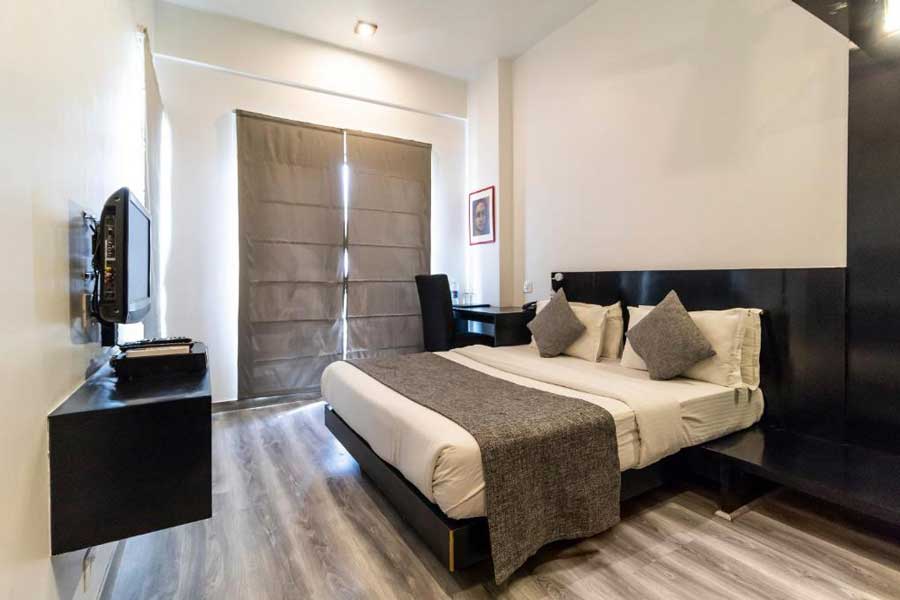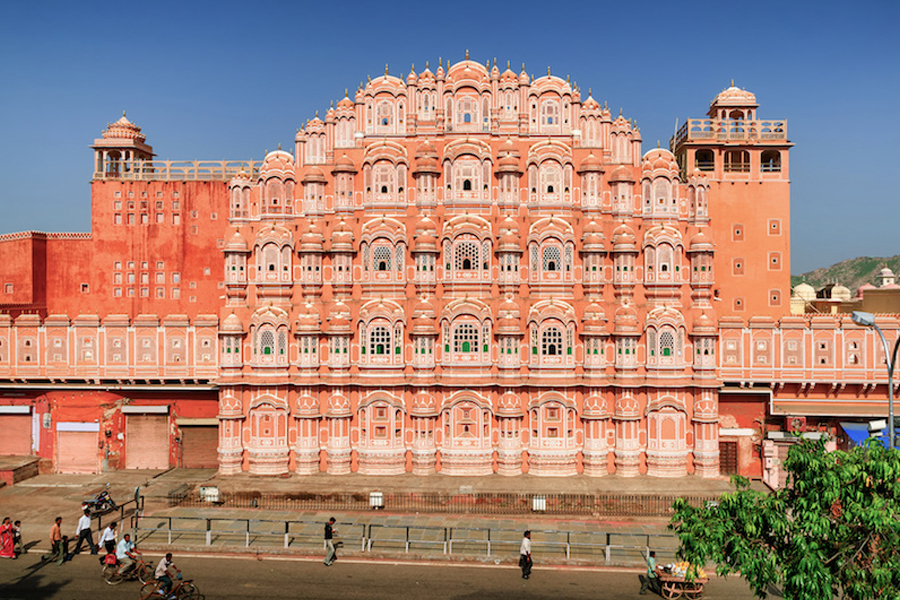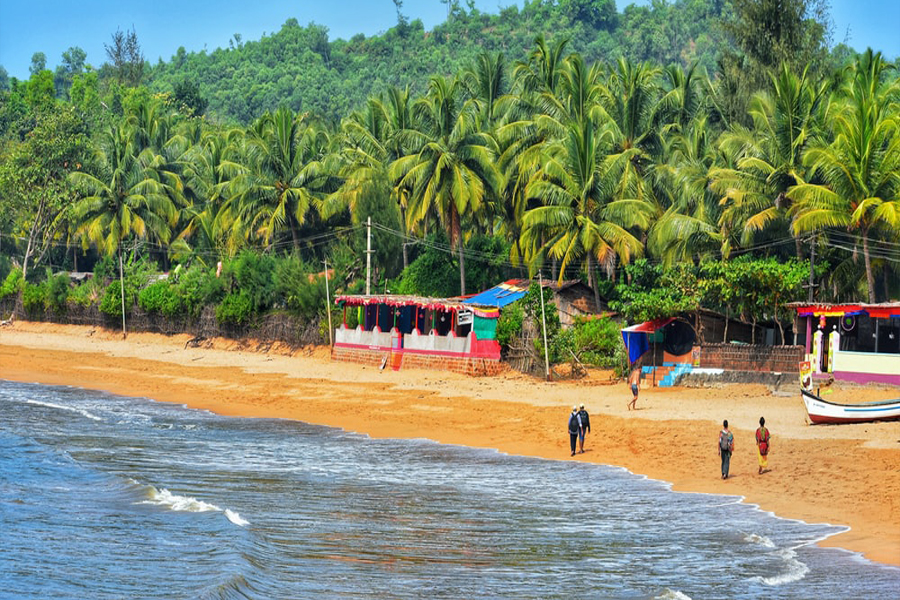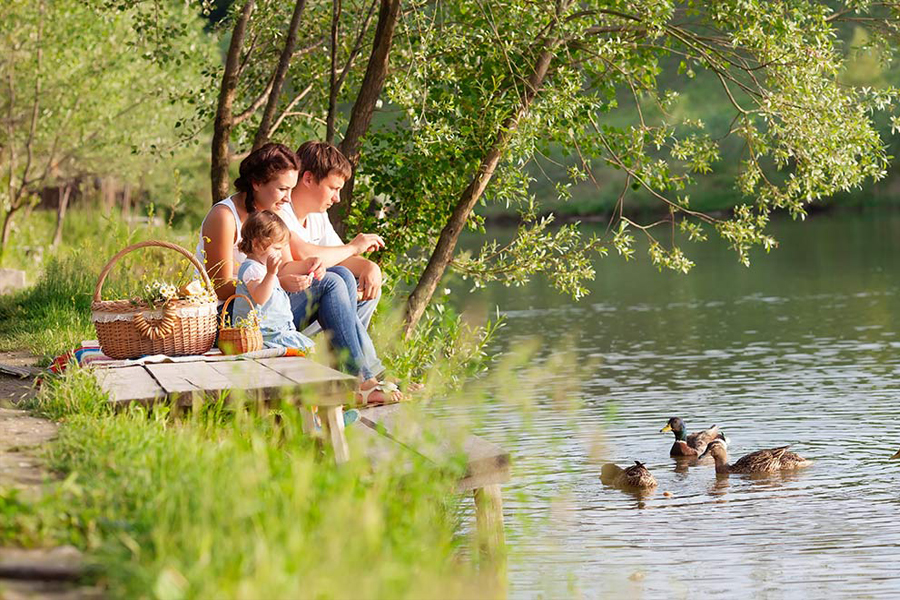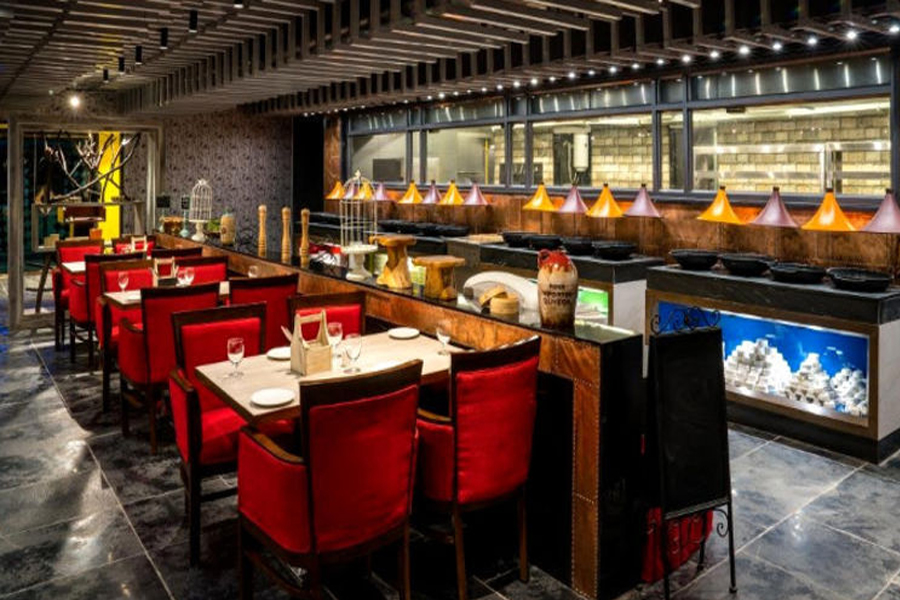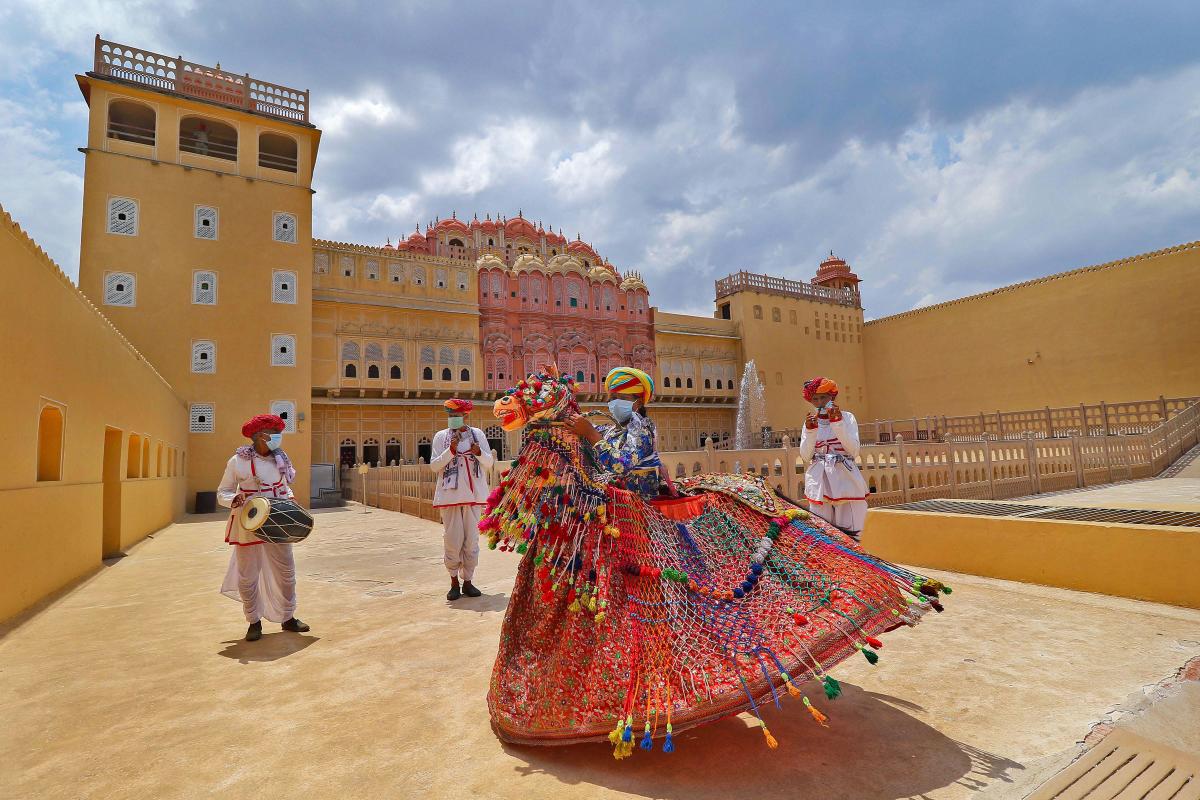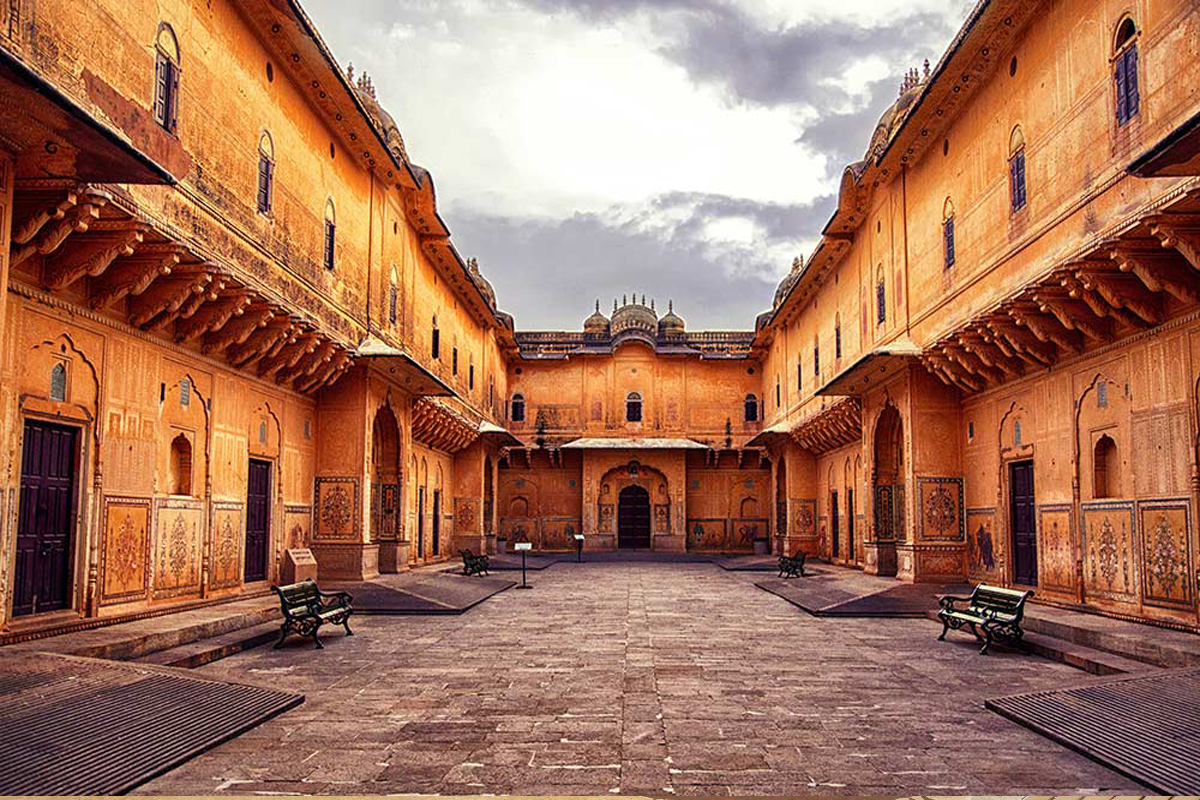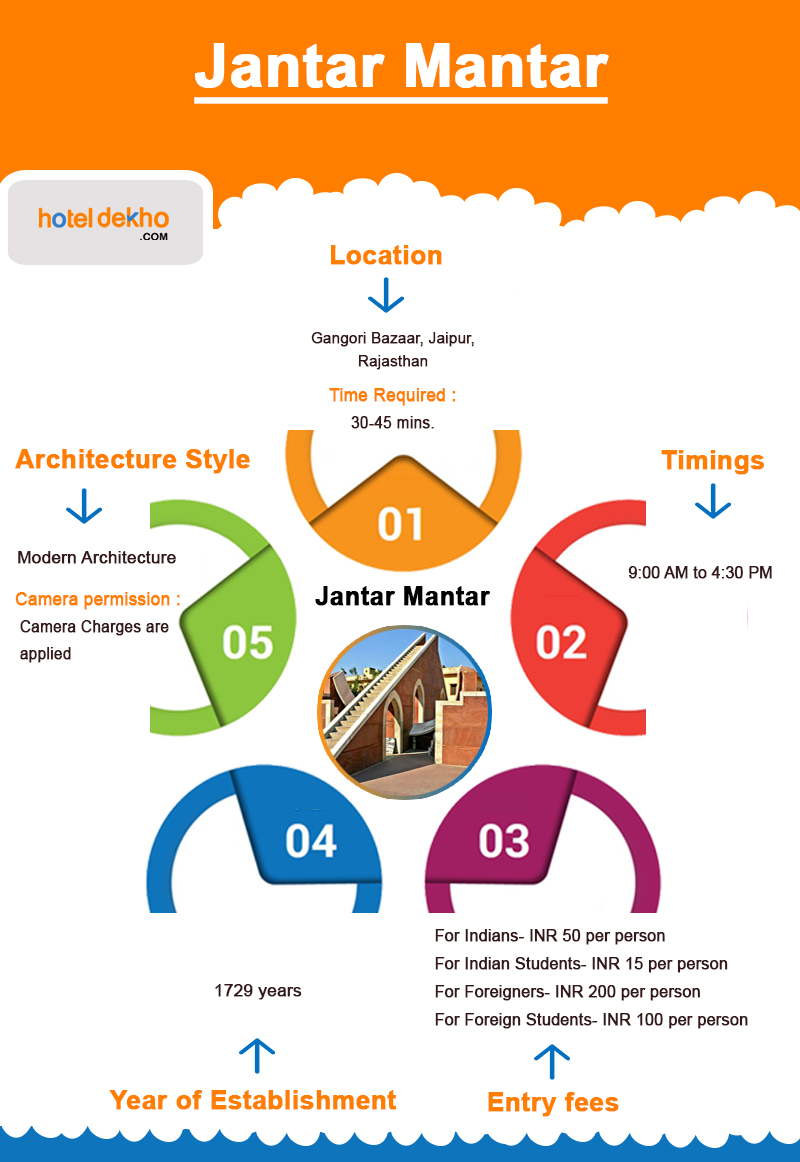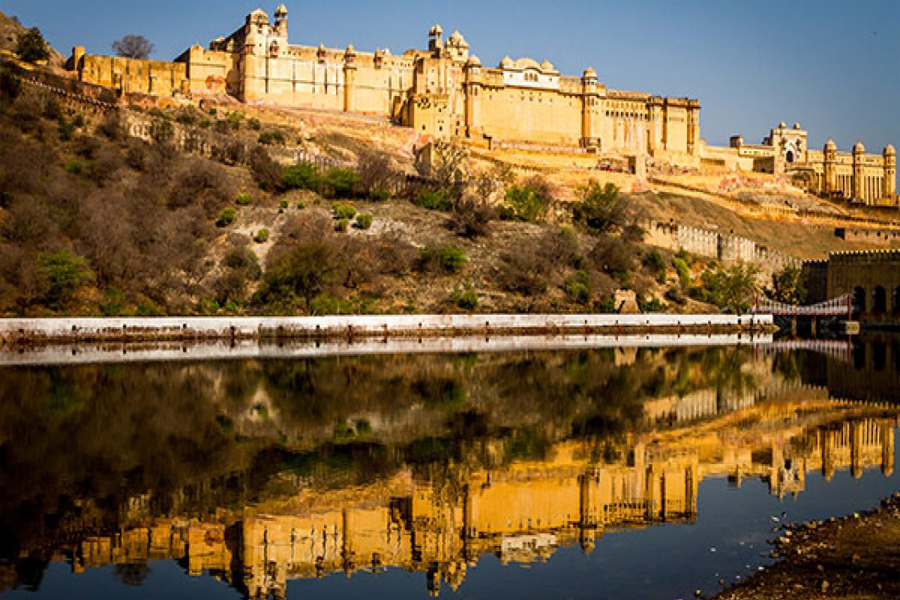Read More on Jantar Mantar
History
Maharaja Sawai Jai Singh II erected a cluster of fixed stones and very big constructions in the early 18th century. Each has a specific application. It was built primarily due to the Maharaja's fascination with celestial objects and the movement of various bodies in the sky.
The history of Jantar Mantar Jaipur is that it contains 19 large instruments, each with a specific purpose, the most popular and visible of which is the Samrat Yantra. It is regarded as the country's largest sundial. The magnificent monument's construction was completed in 1734. The main feature of the instruments is the ability to observe celestial objects with the naked eye. It is based on Ptolemaic positional astronomy, which has parallels throughout history with numerous civilizations.
Architecture
When talking about Jantar Mantar Jaipur Architecture, the king is said to have used the knowledge and skill of 23 Jaipur astronomers to make his dream a reality. The observatory has overcome many challenges over the years and has emerged as a national architectural masterpiece.
The monument itself is made of locally sourced marble and stone. Each instrument in this observatory was meticulously planned and has an astronomical scale. This huge structure is 18000 square meters in size. The most prominent materials used to construct the structure were tablets, bronze tablets, and mortar, which made it strong and sturdy even today.
Activities
1- Visit City Palace
While visiting Jantar Mantar, pay a visit to the City Palace, which exudes opulence and magnanimity. The residence of Maharaja Sawai Jai Singh II and his descendants, you can spend a couple of hours wandering around the palace grounds, learning about its history and architecture.
2- Sound Show
Every evening, the sound and light show at Jantar Mantar is an interesting indulgence. It transports you back in time to discuss legends of yore, the history of the Pink City, and why Jantar Mantar was built. The immersive narrative is worth spending time on, with alluring hues of colors to entice the audience.
3- Tour to Hawa Mahal
This 'Palace of Winds' is yet another must-see attraction near Jantar Mantar on a city tour. Hawa Mahal is located about 700 meters from Jantar Mantar and is made of beautiful pink and red sandstone. From the beautiful architecture to the intricate carvings on the walls and windows of the palace, this summer retreat is a true Jaipur heritage.
Tips for visiting
- Make sure to note Jantar Mantar Jaipur timing. During the summer, try to go early in the morning or late in the evening.
- It is always a good idea to carry a bottle of water with you wherever you go. This will assist you in remaining hydrated throughout your tour.
- This observatory contains an orientation building. It plans to show a short film about the observatory and its history.
- It is best to hire a guide if you want to learn more about its history. They are your best companions for learning about the instruments available at Jaipur's Jantar Mantar.
- You are permitted to take photographs or film videos here. You must, however, pay a little fee for this service.
- It only takes 30 minutes of your valuable time to take a 360-degree tour of the observatory.
Best time to visit
With hot summers that might not be a good option, the best time to visit Jaipur's Jantar Mantar is from October to March. The cool weather allows you to walk around the structures and visit other monuments nearby in peace.
Nearby Atractions
- Diwan-e-Khas Hall of Private Audience
- City Palace Jaipur
- Hawa Mahal
- Tripolia Gate
- Govardhan Temple
Nearby market/ shopping places
test
Nearby Hotels
- Samode Haveli
- Hotel Ratnawali
- Hotel Sweet Dream
- Saba Haveli
- Hotel Madhav Palace
- The Oberoi Rajvilas
- Bissau Palace
Interesting Facts About Jantar Mantar
- The largest astronomical observatory was constructed in Jaipur between 1727 and 1733. Following that, it underwent frequent renovations as time passed.
- The Jantar Mantar in Jaipur is home to 19 incredible astronomical and architectural instruments.


